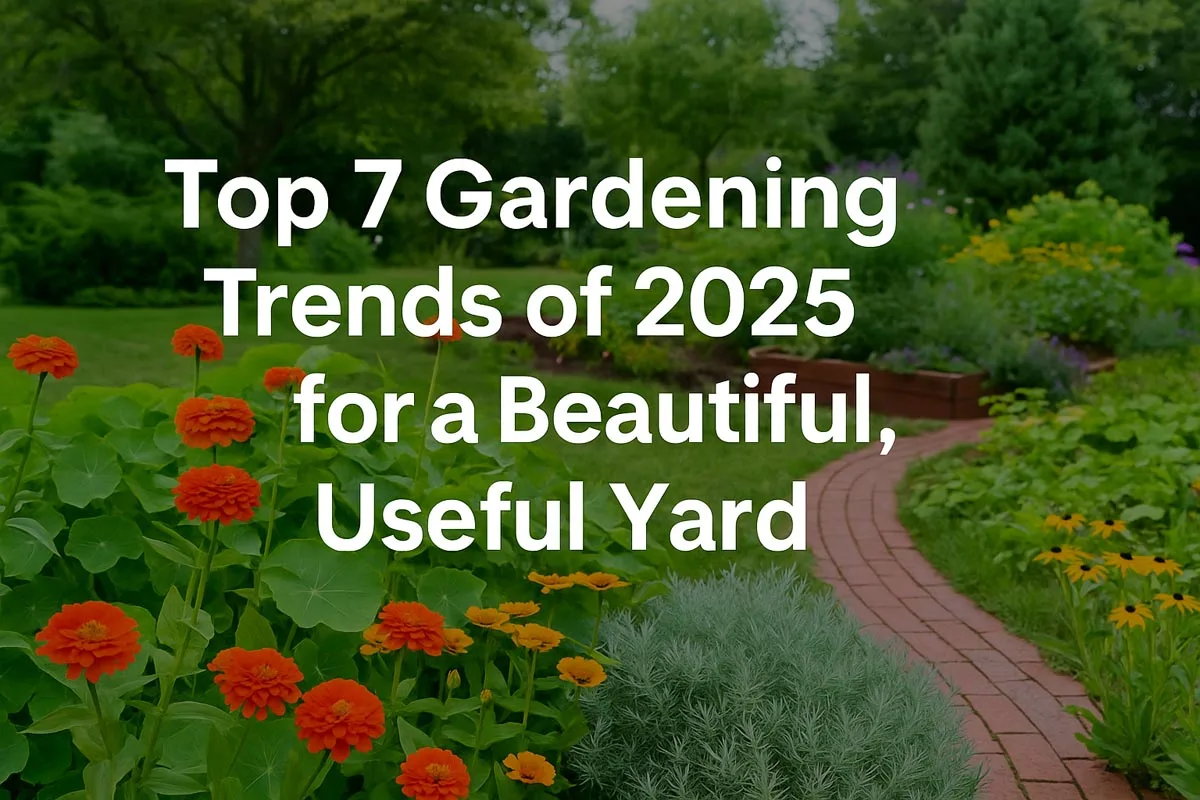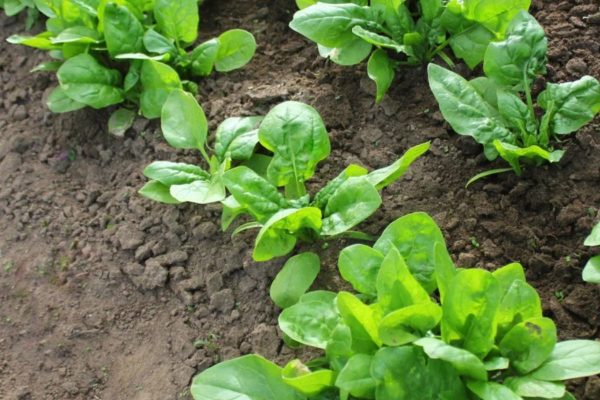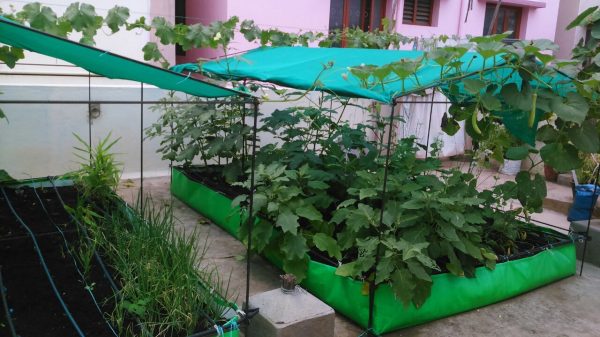Blogs
How to try it at home:
- Add a sitting area: Even one cushioned chair or hammock under a tree can invite you outside. Position it so you hear leaves rustling or watch butterflies.
- Include water and sound: A small fountain, birdbath or fountain statue adds gentle water sound. This white noise masks street sounds and soothes the brain.
- Plant fragrance and touch: Use aromatic herbs (lavender, rosemary, mint) and flowering shrubs (jasmine, gardenia) for scent. Soft, textured plants (lamb’s ear, ferns) invite touch and feel calming.
- Encourage mindfulness: Arrange stepping stones or a meandering path to walk slowly. Consider adding a meditation “feature” (like a wind chime, a simple sculpture, or a fire pit) to give purpose to the space.
Bold, Maximalist Gardens
After years of minimalist lines, maximalism has reclaimed the stage. These gardens are “more-is-more”: rich color palettes, varied heights and endless textures. In practice, that means garden beds are packed with different plants – flower borders might burst with zinnias, dahlias, grasses and ferns all in one view. Edging might mix grasses with bold-leafed plants like black mondo grass or coleus. Crucially, maximalist gardens don’t shy from bold contrasts or even novelty items like statues or colored containers. The key idea is you can “find a place for anything you love, even if it doesn’t blend seamlessly”.
Why it’s trending:
With more people embracing gardening as an art form, there’s appetite for playful, personal expression. Maximalist gardens feel joyful and dynamic, and they can show off a gardener’s personality. Practically, this style also ties into wildlife and edible trends (a busy planting often includes pollinator plants and herbs). The transition from tidy beds to exuberant thickets represents a broader cultural shift: the garden of 2025 is meant to be lived in and enjoyed, not kept under museum-like strictness.
How to try it at home:
- Layer colors and heights. In a single bed, plant tall blooms (hollyhocks, sunflowers) behind mid-height perennials (marigolds, cosmos) and low edging plants (sweet alyssum, ornamental grasses). Don’t be afraid of clashing colors – pairing red with purple or orange with hot pink can look great if balanced.
- Mix plant types freely. Combine annuals, perennials, shrubs, and even vegetables in one scheme. For example, mix black-purple basil with bright zinnias; grow a potted tomato plant amid petunias; let wildflowers and roses intermix. The surprise combinations give a collected-over-time feel.
- Use vertical accents. Maximal doesn’t just mean in ground; hang colorful pots on a fence or wall. Bright ceramic pots or painted trellises add to the bold look.
- Keep it lush, not messy. While it sounds wild, maximalism can still be well-planned. Use symmetry if you like, or repeat a plant variety several times for cohesion. Remember, the motto is more is more, but not necessarily disordered.
Conclusion
These trends for 2025 show a clear theme: gardens that serve us in multiple ways. From the matrix planting technique that creates artful meadows, to edible borders that literally feed us, new gardening is as much about purpose as it is about appearance. Sustainability and personal well-being are central – whether that’s saving water with drought-tolerant plants, inviting bees with native blooms, or finding peace in a lush, mindful space. Home gardeners can pick and choose what fits their needs and style. The key is to mix joy and function: use what’s green and growing to enhance beauty, support the planet, and enrich our daily lives. With these 2025 trends as inspiration, there’s never been a better time to get creative and green-thumbed at home!










